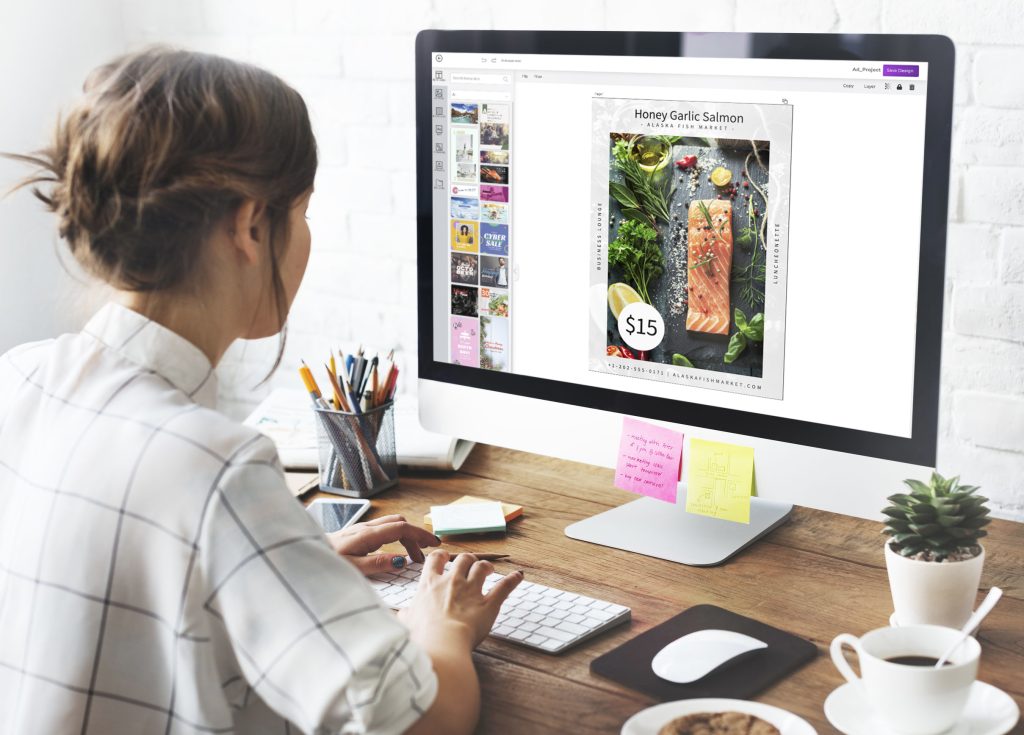The incorporation of artificial intelligence (AI) into design tools has brought about a notable shift in the design sector in recent times. Designs.AI tools have become invaluable partners for designers, giving them access to new features and optimising workflows. The design landscape is changing as a result of the union of creativity and technology, which allows professionals to push the boundaries of innovation. This article examines the significant influence AI-driven design tools have on the creative process and the design sector at large.

Increased originality and ingenuity
AI-powered design tools are enhancing human creativity, not taking its place. These technologies use machine learning algorithms to find patterns in large amounts of data and produce insights. By using this data to guide their creative decisions, designers can produce more inventive and well-informed designs. AI algorithms, for example, can examine consumer preferences and industry trends to assist designers in understanding what appeals to their target market. Ultimately, this data-driven approach improves the creative process by enabling designers to produce visually appealing goods and images that also connect with the target audience.
Effectiveness and time savings
Conventional design methods frequently entail tedious, repetitive operations like layer organisation, colour palette selection, and picture resizing. AI-driven design tools automate these menial tasks, freeing designers to concentrate more on the strategic and intellectual aspects of their work.
Automated features, like smart resizing and content-aware editing, enable designers to make quick adjustments without compromising quality. This not only increases efficiency but also frees up valuable time for more complex and creative aspects of the design process. As a result, designers can meet tight deadlines and deliver high-quality work without sacrificing their creative vision.
Personalized User Experiences
Artificial Intelligence powered design tools contribute to the creation of personalized and user-centric designs. By analyzing user behavior and preferences, these tools can generate personalized recommendations and adapt designs in real-time. This level of personalization enhances user engagement and satisfaction, making products and experiences more tailored to individual needs.
In web design, for example, AI algorithms can optimize the layout and content of a website based on user interactions. This dynamic approach ensures that users receive a customized experience, increasing the likelihood of positive engagement and conversions.
Collaboration and Accessibility
AI-powered design tools facilitate collaboration among team members, regardless of their geographical location. Cloud-based platforms equipped with AI features enable real-time collaboration, as multiple designers can work on a project simultaneously. This not only enhances productivity but also fosters a more inclusive and collaborative design process.
Furthermore, the integration of AI in design tools makes them more accessible to a broader audience. Design novices can leverage AI assistance to create visually appealing designs without extensive technical knowledge. This democratization of Designmaker tools empowers individuals across various disciplines to contribute to the creative process.
Conclusion
AI-powered design tools are revolutionizing the creative landscape by enhancing creativity, increasing efficiency, and fostering collaboration. As designers continue to integrate these tools into their workflows, the future holds exciting possibilities for pushing the boundaries of innovation in design. While challenges exist, the responsible and ethical use of AI can pave the way for a more inclusive and dynamic design industry, where human and machine collaboration leads to unprecedented levels of creativity and excellence.

